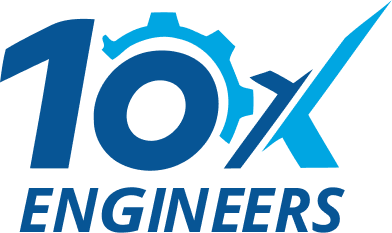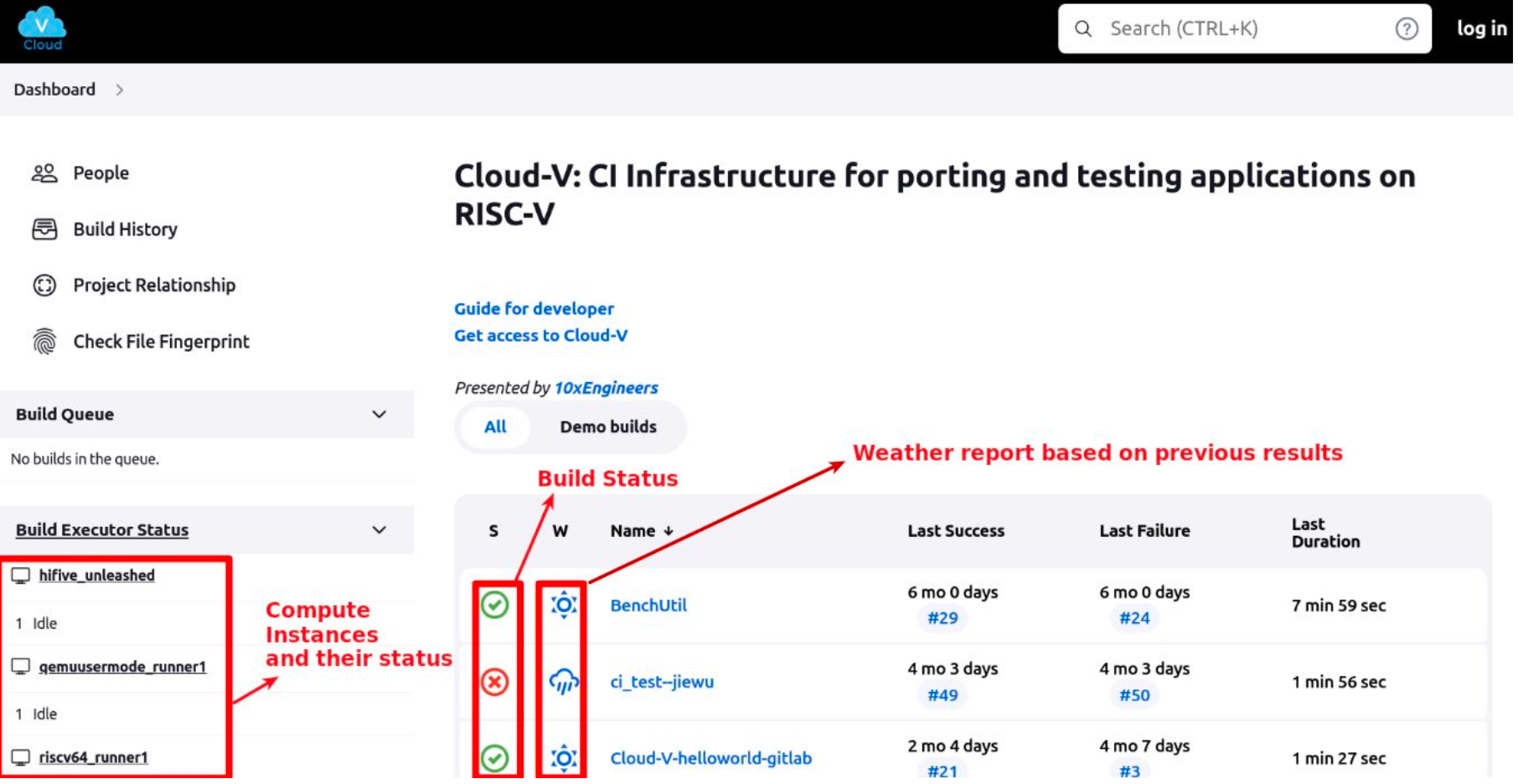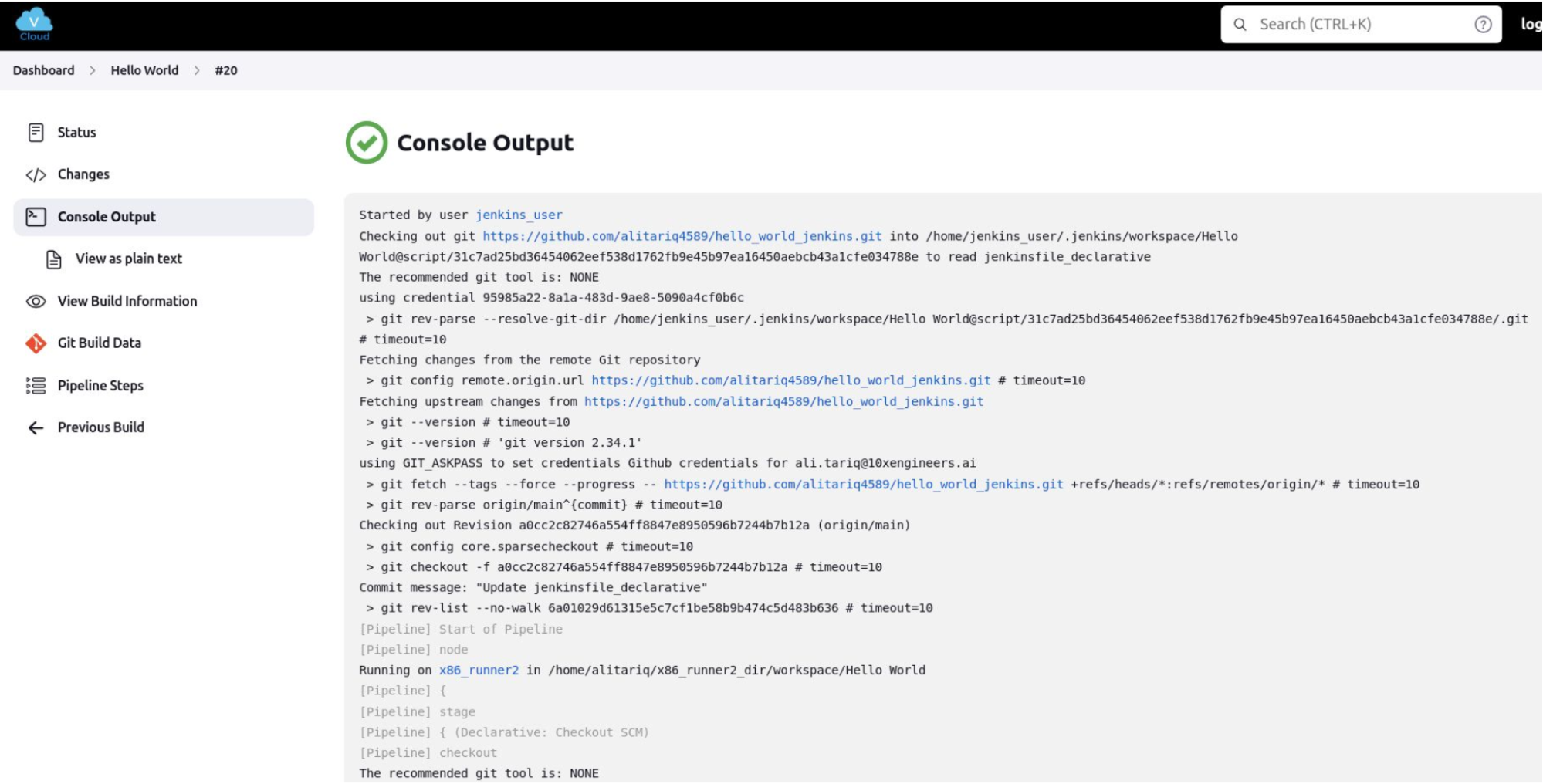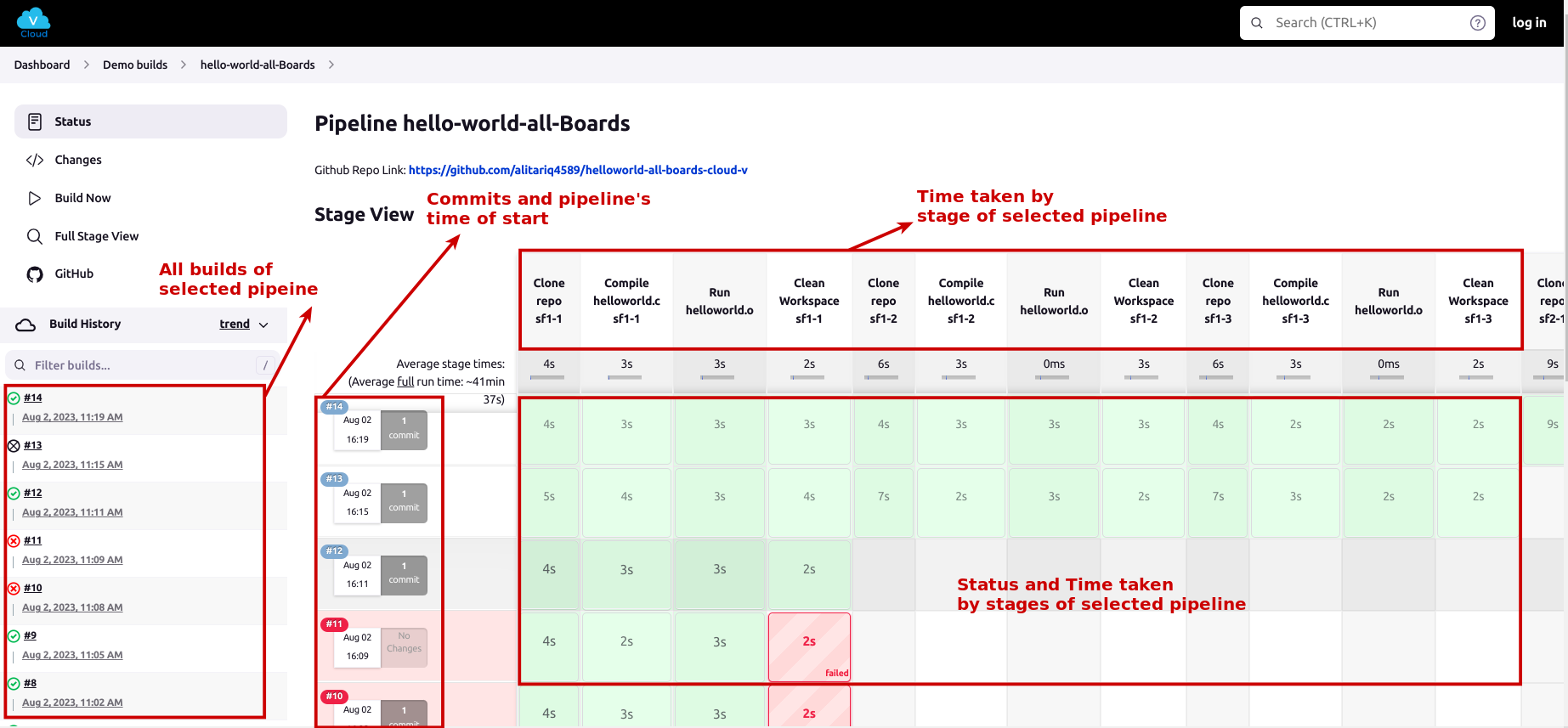
The momentum that RISC-V is seeing across the compute spectrum is undeniable. As we saw at the RISC-V Summit and Summit Europe, RISC-V based computing is being designed into applications from low-power embedded to high-performance computing.
Across this range of use cases, a focus on software development and developers is key to accelerate our momentum. RISC-V is working with our members to help those developers who do not yet have access to physical hardware, to write and test new applications and port software components that will benefit the whole ecosystem.
What is Cloud-V?
Cloud-V from 10xEngineers is just such a project. It provides developers with access to both online emulation and remotely hosted native RISC-V hardware platforms to enable them to build, run and test their software. This pre-configured solution enables developers to concentrate their time and efforts on developing software, without the need to acquire and set up their own infrastructure.
Developers can interact with the Cloud-V Continuous Integration (CI) environment through a version control system of their choice, such as GitLab or GitHub, enabling them to test their software workloads natively on RISC-V boards or in a QEMU emulation environment. Physical hardware enables a developer to see how their software behaves on real silicon, while emulation gives extra scalability with more CPUs available for higher performance multi core workloads.
Those targeting real hardware can gain access to SiFive’s HiFive Unleashed board and the VisionFive 1 & 2 boards from StarFive, with more options to follow. Emulated RISC-V hardware is available in both QEMU user mode and full QEMU Linux system mode. User mode enables a developer to run and test a single application at user level while system mode enables access to the whole Linux system, at the expense of some speed, enabling them to test multiple interacting applications at the same time as well as system libraries.
Familiar scripting languages enable easy interaction with Cloud-V, CI/CD using Jenkins to set up jobs, and Linux shell scripting inside the job itself.
The Cloud-V Dashboard
The dashboard enables developers to submit jobs, check on their status, and view the console output. Swipe to explore different elements of the dashboard.

The Dashboard enables users to to check the trends of their builds which have run so far in a weather-style format. Sunny shows that the builds were all successful so far, whereas sunny and rainy weather indicates that the builds were not all successful. The available compute instances and their status let the user know whether or not the runners, on which their job is running, are currently available. Runners can be offline, idle or running a build.

The console output helps users to debug the problems they face while running their CI on Cloud-V. If a build fails, this will be an important place for the user to find any errors reported. The console shows the output of the Linux OS which runs on all instances.

Users can also see the pipeline stage view of their CI build. The pipeline stage view lets users see the time taken by the pipeline’s stages, the status of these stages, and time taken by each stage to complete. Users will also be able to see all the previous versions of the selected pipeline build. If any commit is pushed onto the source code’s branch under build, then it will also be visible on the stage-view page.
Cloud-V includes comprehensive documentation, covering everything a software developer needs to set up a project, from creating an account and configuring Jenkins, to the information they should supply to the Cloud-V administrator in order to set up their environment.
Native compilers are available on both physical and emulated hardware, as well as RISC-V cross compilers on all compute instances for increased speed of compilation and flexibility. Environment modules are set up to enable access to different versions of tools, software components and libraries
Getting Started with Cloud-V
Cloud-V is currently in the alpha stages of development and 10xEngineers is looking for early adopters to start using the service and give feedback. People working on foundational software for the RISC-V ecosystem, such as libraries and commonly used applications are an especially good fit, with their work both enhancing the RISC-V software ecosystem while refining Cloud-V at the same time.
If you are interested in being part of the Cloud-V program, email cloud-v@10xengineers.ai for more information, or register using the button below.
RISC-V Labs
Enabling developers and building the strongest possible software ecosystem is foundational to the success of RISC-V. Cloud-V is one of the first members of RISC-V Labs, a new initiative aimed at growing the RISC-V open source software ecosystem. We will be sharing more about RISC-V Labs soon, and are looking for more members to contribute. Please get in touch to find out more.


